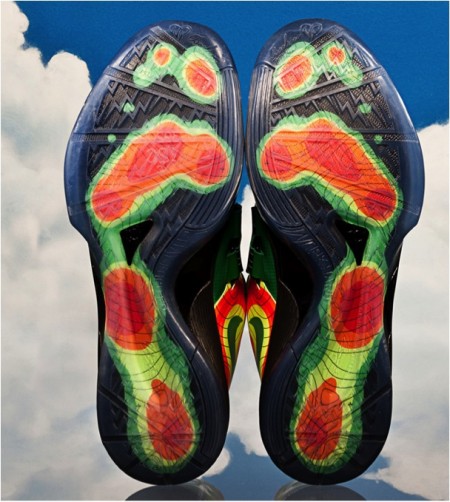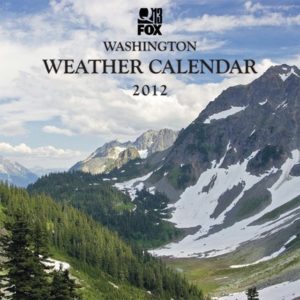Weather took hundreds of lives in a record 12 billion-dollar disasters in the United States in 2011. Internationally, the disaster toll is even more startling. Tragedies have been a commonplace. The record-breaking year is a wake up call to the weather and climate community and to the nation as a whole.
Yet, on a holiday eve, a veteran of some of the worst weather of the year shows us how to give thanks. It was at a meeting, “Weather Ready Nation: A Vital Conversation” this month in Norman, Oklahoma, in an emotional presentation by Keith Stammer. If anyone knows what it means to be Weather-Ready, now, it’s Stammer, the emergency manager of Jasper County, Missouri, where basically a third of the city of Joplin was ripped apart by an EF-5 tornado nearly a mile wide. (You can listen to Stammer’s description of the ordeal on-line.) Yet here’s how he started his talk:
The big thing you need to understand about Joplin is that at nighttime it is a city of 50,000 people; in the daytime it’s a city of a quarter of a million. A lot of people come in for shopping, medical, for work. The one thing that translates, into in terms of this particular disaster, was that we are most grateful that it happened on Sunday evening, and not Monday evening, or the totals would have been absolutely different.
That’s a remarkable perspective to take after 162 people died, over a thousand were injured, and nearly 17,000 dwellings were lost. It’s a way to live after a year like 2011.
The discussion about making this country more resilient to the battering and bruising of a violent atmosphere, begun in Norman, will continue at our meeting in New Orleans next month. A Monday lunchtime Town Hall by the same name, organized by the leaders of the Norman conference, will be a highlight (12:15 p.m., Room 238). After Christmas, we’ll report on some of the Weather Ready Nation ideas and comments in The Front Page as preparation for the week’s deliberations.
But before refueling our minds for the Annual Meeting, a holiday is a time to replenish the heart and to experience community, so listen again to Stammer, who ended his talk thanking the 114,677 different people who stepped forward, registered as volunteers, and put in some 697,817 hours of service so far to help Joplin recover (more than a million cubic yards of debris removed so far):
All disasters are local, they start locally; they end locally, they may in fact rise to national prominence somewhere in between as ours did, but in the end, with all due respect, all of you foreigners are going to go away and we’re still left to have to handle it. I think one of the things that helped us here is the fact that everybody was willing and able to look at this as a local effort. I can tell you that we did not have one organization or person that stood up and said, I’m in charge, you’re not, get over it. It was in fact a collaborative effort from the get-go and remains to be so today.
We are honored to celebrate a holiday with folks like that. We will be proud to make a Weather Ready Nation with them, too.



